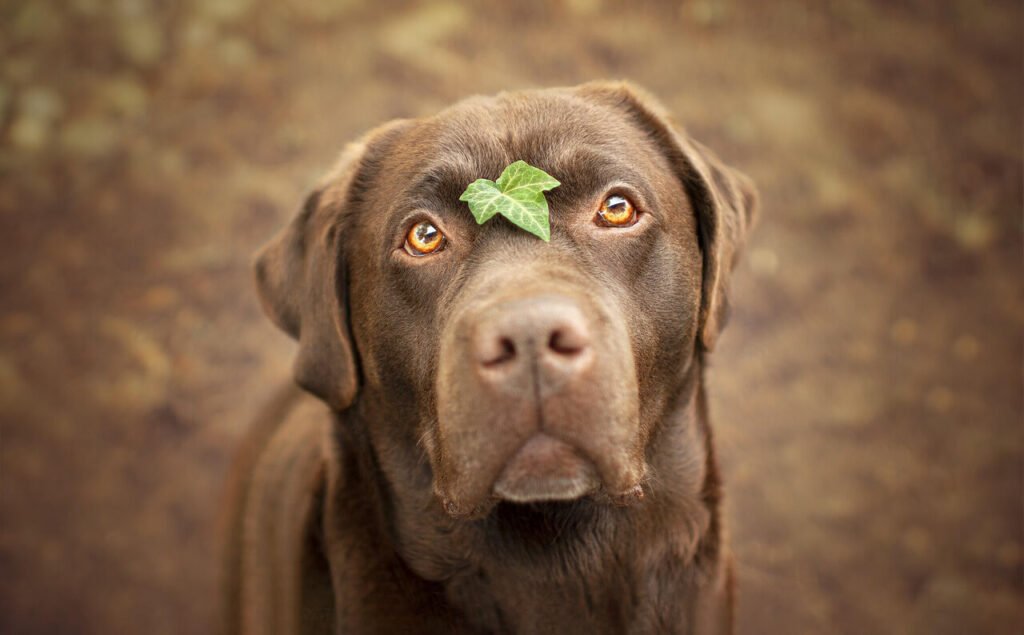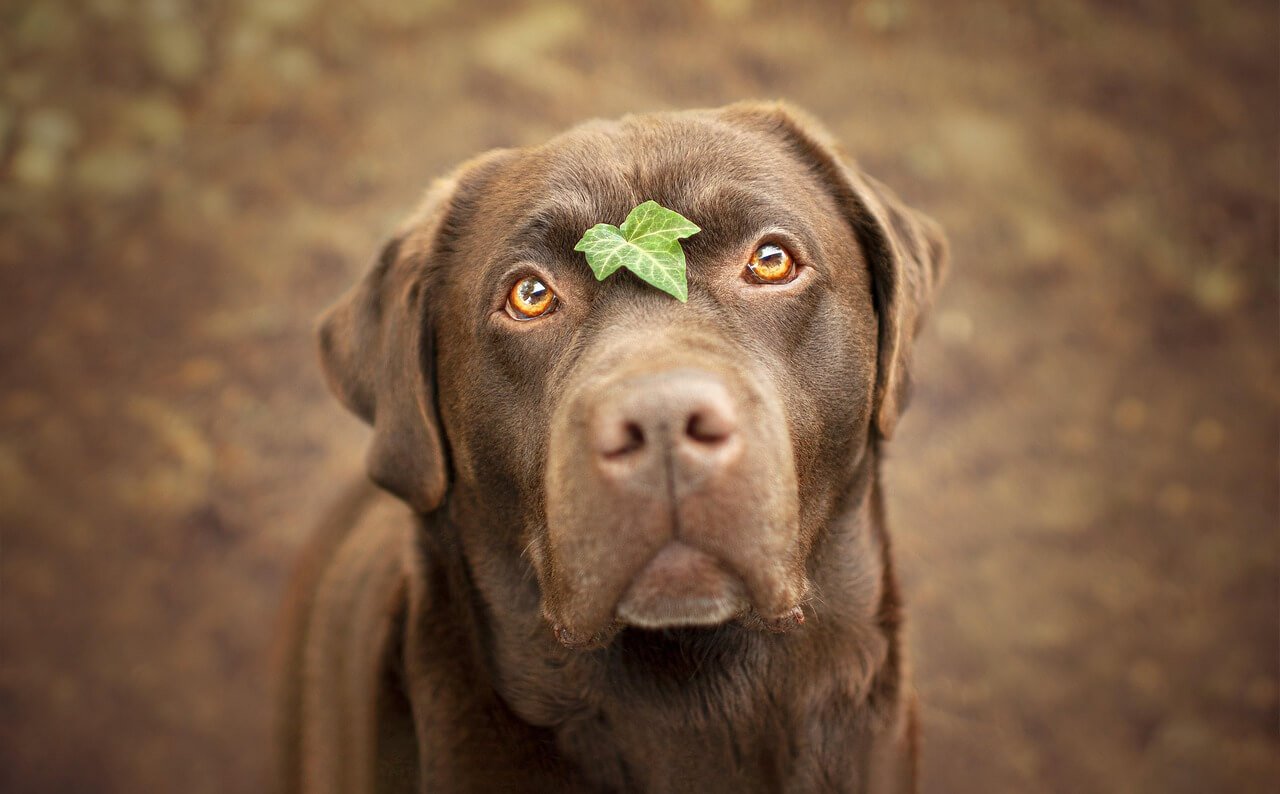Would a Dog Eat Its Dead Owner? Understanding Canine Behavior in Extreme Situations
The thought of a dog eating its deceased owner is both unsettling and deeply emotional. While it’s a topic that evokes strong reactions, understanding the behavior behind such an act requires separating fact from fiction. Dogs are loyal, loving companions, but they are also animals driven by instinct, especially in dire circumstances. This blog post explores whether a dog would eat its dead owner, the science behind this behavior, and how to approach the topic with compassion and clarity. By examining survival instincts, environmental factors, and canine psychology, we can better understand our pets and the lengths they go to in extreme situations.
Canine Survival Instincts: Why a Dog Might Resort to Such Behavior
In extreme situations, dogs may exhibit behaviors that seem shocking to humans but are rooted in their survival instincts. Here’s what drives these actions:
Hunger: If a dog is left without food for an extended period, their natural instincts may override their usual aversion to consuming decaying matter.
Stress and Confusion: The death of a beloved owner can leave a dog disoriented and distressed, potentially leading to erratic behavior.
Lack of Alternatives: In isolated environments where no other food sources are available, a dog may resort to scavenging out of desperation.
Pack Animal Instincts: Wild canines often consume fallen members of their group as a way to prevent attracting predators or scavengers.
Decay Perception: Unlike humans, dogs do not associate the scent of decay with danger, making them less likely to avoid consuming remains.
While these behaviors are rare and typically occur only under extreme conditions, they highlight the importance of ensuring pets are cared for even in the absence of their owners.
Factors That Influence a Dog’s Behavior in Extreme Situations
Several factors determine whether a dog might engage in such drastic behavior. These include their environment, personality, and the circumstances surrounding their owner’s death. Here’s what to consider:
Length of Time Alone: A dog left alone for days or weeks without food is far more likely to act out of desperation than one discovered quickly.
Breed and Temperament: Some breeds are more prone to stress or anxiety, which could influence their response to losing their owner.
Access to Resources: If a dog has access to water and other food sources, they are less likely to resort to scavenging.
Bond with the Owner: A deeply bonded dog may remain by their deceased owner’s side rather than engaging in harmful behavior.
Environmental Conditions: Extreme temperatures or lack of shelter can exacerbate hunger and stress, pushing a dog toward survival-driven actions.
Understanding these factors helps explain why such incidents are rare and highly dependent on specific circumstances.
Check this guide 👉Do Dogs Eat Less as They Age? Best 7 Health Tips!
Check this guide 👉What Happens When Your Dog Eats a Raw Potato? Best 7 Tips!

Reasons a Dog May Engage in Scavenging | Ways to Prevent Such Incidents |
|---|---|
Hunger due to lack of food | Ensure someone checks on your pet regularly |
Stress and confusion after loss | Provide emergency contact info for caretakers |
Isolation with no resources | Leave clear instructions for neighbors/friends |
Survival instincts overriding emotions | Keep extra food and water accessible |
Environmental challenges like cold or heat | Create a safe, comfortable space for your dog |
How to Prepare for Your Dog’s Well-Being in Case of Emergencies
No one wants to think about emergencies, but preparing for the unexpected ensures your dog remains safe and cared for. Here’s how to safeguard your pet’s future:
Designate a Trusted Caretaker: Choose a friend, family member, or neighbor who knows your dog well and agrees to step in during emergencies.
Create an Emergency Plan: Include details about feeding schedules, medications, and behavioral quirks in a written document.
Leave Contact Information: Post emergency contacts prominently so first responders or neighbors know whom to call.
Stock Up on Supplies: Keep extra food, water, and medications in case someone needs to care for your dog unexpectedly.
Use Pet Identification Tags: Ensure your dog wears updated ID tags and is microchipped to simplify reunification if they wander off.
Taking these precautions gives you peace of mind knowing your dog will be cared for, even if you’re unable to provide for them directly.
Signs of Grief in Dogs After Losing Their Owner
Dogs experience profound grief when they lose their human companion, which can manifest in various ways. Recognizing these signs helps ensure your dog receives the support they need. Here’s what to look for:
Loss of Appetite: Many dogs refuse to eat or show little interest in food following the death of their owner.
Increased Vocalization: Whining, barking, or howling can indicate distress or attempts to locate their missing person.
Excessive Licking or Chewing: Self-soothing behaviors often arise as dogs cope with anxiety and loneliness.
Changes in Sleep Patterns: Sleeping more than usual or restlessness at night may signal emotional turmoil.
Searching Behavior: Dogs may repeatedly check places their owner frequented, hoping to find them.
Understanding these signs allows you to comfort your grieving dog and help them adjust to their new reality.
How Loyalty Shapes a Dog’s Behavior During Loss
Dogs are known for their unwavering loyalty, but this trait can manifest in complex ways during extreme situations like the death of their owner. While their actions may seem confusing or even alarming, they often stem from their deep bond with humans. Here’s how loyalty influences their behavior:
Refusal to Leave the Body: Many dogs will stay by their deceased owner’s side, refusing food or water out of devotion.
Protective Behavior: Some dogs may guard their owner’s body, perceiving it as their duty to keep them safe even after death.
Searching for Comfort: A grieving dog may seek out items that smell like their owner, such as clothing or blankets, for reassurance.
Depression-Like Symptoms: Prolonged sadness and lethargy are signs of a dog mourning the loss of their human companion.
Attempts to Revive: In some cases, dogs may nudge or lick their owner’s body, seemingly trying to “wake them up.”
These behaviors highlight the depth of a dog’s emotional connection to their owner and underscore the importance of providing support during such times.
Steps to Ease Your Dog’s Adjustment to a New Caretaker
Losing an owner is a traumatic experience for a dog, but with patience and care, they can adapt to a new routine and caretaker. Here are some strategies to help them transition:
Maintain Familiar Routines: Stick to the same feeding, walking, and sleeping schedules to provide stability.
Introduce New Caretakers Gradually: Allow the dog to build trust with their new caregiver over time rather than forcing immediate interaction.
Provide Comfort Items: Offer familiar objects like toys, beds, or blankets that carry the scent of their previous owner.
Encourage Socialization: Arrange playdates or interactions with other friendly dogs to distract and uplift their spirits.
Monitor Health Closely: Grief can weaken a dog’s immune system, so watch for signs of illness and consult a vet if needed.
By taking these steps, you can help your dog heal emotionally and adjust to their new environment with minimal stress.
Why Ensuring Human Contact Is Crucial for Dogs
Isolation is one of the most significant risks to a dog left alone after their owner’s passing. Without human contact, dogs can quickly become anxious, depressed, or even physically ill. Here’s how to prevent isolation and its effects:
Notify Neighbors or Friends Immediately: Alert trusted individuals who can check on your dog as soon as possible.
Use Technology: Smart pet cameras or automatic feeders can temporarily monitor your dog until someone arrives.
Leave Clear Instructions: Provide detailed notes about your dog’s needs, including feeding times, medications, and behavioral quirks.
Consider Professional Boarding: If no one is available immediately, arrange for temporary boarding at a reputable facility.
Create a Safe Space: Ensure your dog has access to a cozy, secure area where they feel protected during stressful times.
Preventing isolation not only safeguards your dog’s physical health but also provides much-needed emotional comfort during an uncertain period. By planning ahead, you can ensure your loyal companion never feels abandoned.
Frequently Asked Questions About Dogs and Extreme Situations
Would a dog really eat its dead owner?
It’s extremely rare and typically occurs only under dire circumstances like starvation or isolation.
Why do dogs sometimes scavenge?
Scavenging is a survival instinct inherited from their wild ancestors, though domesticated dogs rarely exhibit this behavior.
How long can a dog survive without food?
Most dogs can last up to five days without food, but prolonged deprivation leads to severe health risks.
What should I do if my dog is grieving?
Offer extra attention, maintain routines, and consult a veterinarian if symptoms persist.
How can I ensure my dog is cared for if something happens to me?
Designate a trusted caretaker, create an emergency plan, and leave detailed instructions for their care.
Final Thoughts: Supporting Our Faithful Companions
While the idea of a dog eating its deceased owner is distressing, it’s essential to approach the topic with empathy and understanding. Dogs are creatures of instinct, and their actions in extreme situations reflect their need to survive rather than any malicious intent. By preparing for emergencies, recognizing signs of grief, and providing unwavering love and care, we honor the bond we share with our furry friends. Remember, our responsibility as pet owners extends beyond their daily needs—it includes safeguarding their future and ensuring they are never left alone in times of crisis.
Understanding Scabs in Dogs Ears: Best 7 Tips! Learn how to identify, treat, and prevent scabs in your dog’s ears for optimal ear health.
Is Cinnamon Bad for Dogs? Best 7 Health Tips! Discover safe ways to use cinnamon, risks to avoid, and expert advice to keep your dog healthy.
Can Dogs Get Pneumonia from Humans? Best 7 Tips! Learn how to protect your dog, understand transmission risks, and ensure their respiratory health.
Can Dog Urine Make You Sick? Best 7 Health Tips! Learn how to stay safe, prevent illness, and handle exposure to dog urine effectively.





